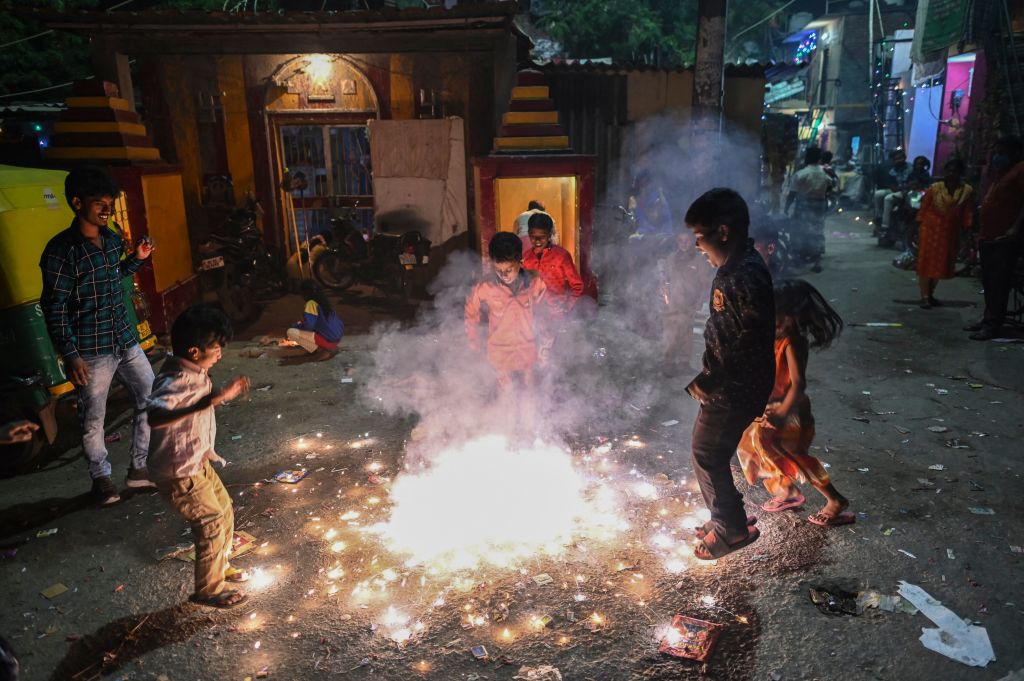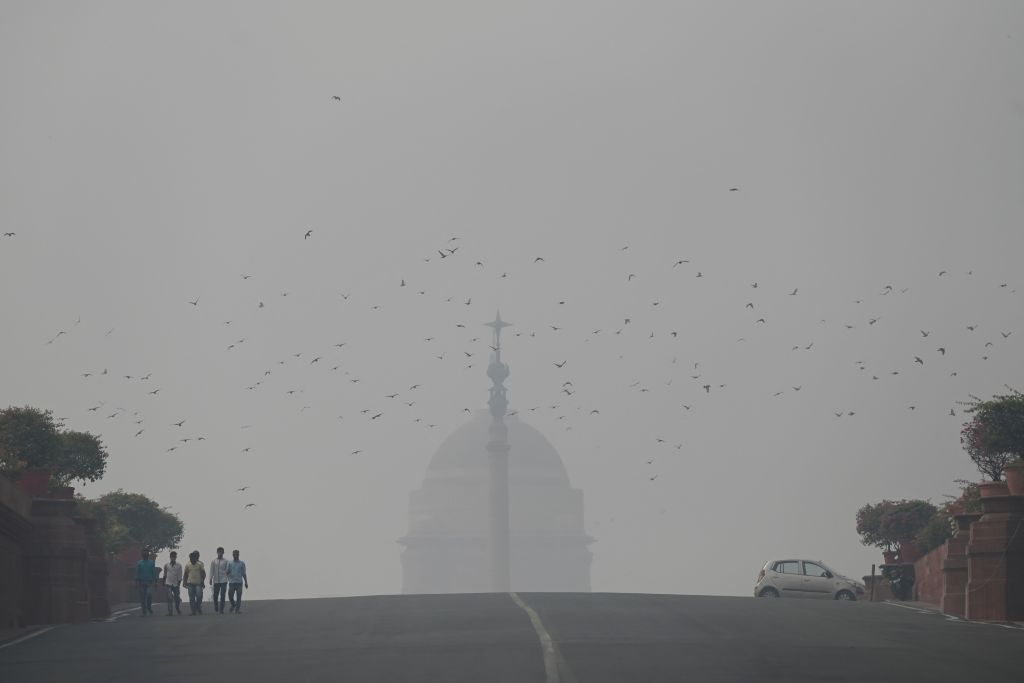- Friday, April 26, 2024

By: Shubham Ghosh
RESIDENTS of Indian capital New Delhi on Friday (5) woke up to a hazardous blanket of smog and breathed in toxic air after revellers defied a ban on fireworks on Diwali, the Hindu festival of lights, on Thursday (4).
New Delhi has the worst air quality of all the capitals in the world but even then, the standard of the air quality experienced on Friday was worse as people paid the price of celebrating the festival with noise and smoke.
The Air Quality Index (AQI) surged to 451 on a scale of 500, the maximum seen this year, indicating “severe” conditions that seriously impact people with medical conditions and affect even the healthy ones, Reuters reported citing India’s Central Pollution Control Board’s guidance.
ALSO READ: India will achieve net-zero target by 2070: Modi announced at COP26

The AQI measures the concentration of poisonous particulate matter PM2.5 in a cubic metre of air. In Delhi, which is home to nearly 20 million people, the PM2.5 reading on Friday averaged more than 705 micrograms, while according to the World Health Organisation, anything above an annual average of five micrograms is unsafe.
Airborne PM2.5 can cause cardiovascular and respiratory diseases such as lung cancer. In India, toxic air claims more than a million lives annually.
Modi’s 2070 net-zero announcement a masterstroke: Experts
Many parts of India also experienced dangerously high levels of air pollution on Friday despite a ban imposed on fireworks by the authorities of a number of states.
“The firecracker ban didn’t seem to be successful in Delhi, which led to hazardous pollution levels adding on top of existing perennial sources,” Sunil Dahiya, an analyst at the Centre for Research on Energy and Clean Air in the capital, told Reuters.
Every year, either government authorities or the Supreme Court of India imposes a ban on bursting firecrackers on the occasion of Diwali but it is rarely enforced, leaving an already polluted environment at the mercy of the late-night revellers.
Diwali also falls in a period when farmers in Delhi’s neighbouring states of Punjab and Haryana burn the stubble left after harvesting to prepare their agricultural fields for the next crop. The stubble fires also contributes to New Delhi’s hazardous pollution. According to data from SAFAR’s monitoring system, which falls under the Indian ministry of earth sciences, stubble fire accounted for up to 35 per cent of New Delhi’s PM2.5 levels.
In October, the residents of Delhi witnessed a rare spell of clear skies because of intermittent rain and wins that helped them breathe in cleanest air in at least four years. But as winter sets in, the pollution levels surge in northern India, as lower temperatures and a drop in wind speed trap pollutants in the air for a longer period.
Recently, Indian prime minister Narendra Modi announced at COP26 climate summit in Glasgow, Scotland, that India would reach net-zero carbon emissions by 2070.
![]()